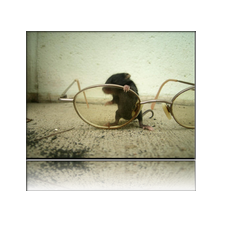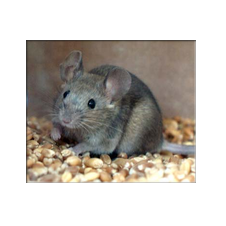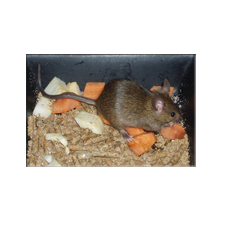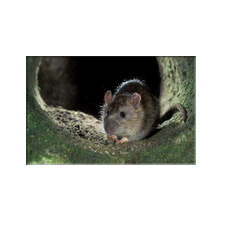SERENA ECOSERVIZI
Main menu:
- Home Page
- About us
- Hygien environmental
- Cleaning services
- Catalog
- OFFERS
- OUR PROJECTS
- Blog
House mouse
Hygien environmental > Rodent control > Rats and mouse




HOUSE MOUSE
It is native to the steppes of central Asia and quickly spread to much of the world thanks to the action of transport made by man. It is the most common rodent in human settlements, ideal sites in which finds protection and wide availability of food. Extremely curious about all the objects and places he encounters along the way, does not show the traditional distrust of the Rat and therefore tends to taste in the course of his daily activities a large number of different food sources, from which it draws small amounts of food, rather than fully exploit one. This his peculiar behavior leads him to gnaw boxes, envelopes and containers of various kinds, causing damage far outweigh its actual daily requirement.
The activity of the House Mouse, which in nature is mostly nocturnal, in human environments extends even during daylight hours, especially in dark areas and undisturbed. Furthermore, unlike the rats, the Mus domesticus tends to remain motionless if his hideout is threatened, thus facilitating its involuntary transportation from one room to another inside of containers and packaging.
Features
The House Mouse is a small rodent that goes from 6 to 9 cm in length (including the tail) and can reach a weight of 30 grams. Its coat is brownish-gray on the back and light gray on the belly. The eyes and the ears, which are devoid of hair, are both sufficiently developed. The muzzle is narrow and pointed. The tail, shorter than the body and almost hairless, is gray uniform and can reach 10 cm in length.
Reproduction
The reproductive potential of Mus domesticus is very high: it reaches sexual maturity early, between 5 and 6 weeks old, while the gestation period is about 20 days. Females have postpartum estrus and that they are able to mate again immediately after giving birth to the little ones, whose number for every birth is between 4 and 8. Each female can have from 5 to 10 parts per year. In addition, in the presence of favorable environmental conditions and especially inside buildings, where the temperature is constant, it will continue playing throughout the year.
Supply
In nature this rodent feeds predominantly of products of vegetable origin such as seeds, fruits, roots, leaves and stems, or of small insects, such as cockroaches and larvae. In anthropic environment is nourished almost any food available, even materials such as glue and soap.
Compared to rats, usually wary of the food is not usual, during his daily activity the House Mouse tends to visit a large number of food sources, drawing from each of them only a small part of its food requirements. If they are few, visit each of them several times, taking only small quantities of food, consumed locally or transported to another location quieter.
The Mus domesticus is finally characterized by a very low water requirements and is therefore able to survive for long without access to water, subsisting solely to that contained in the food.